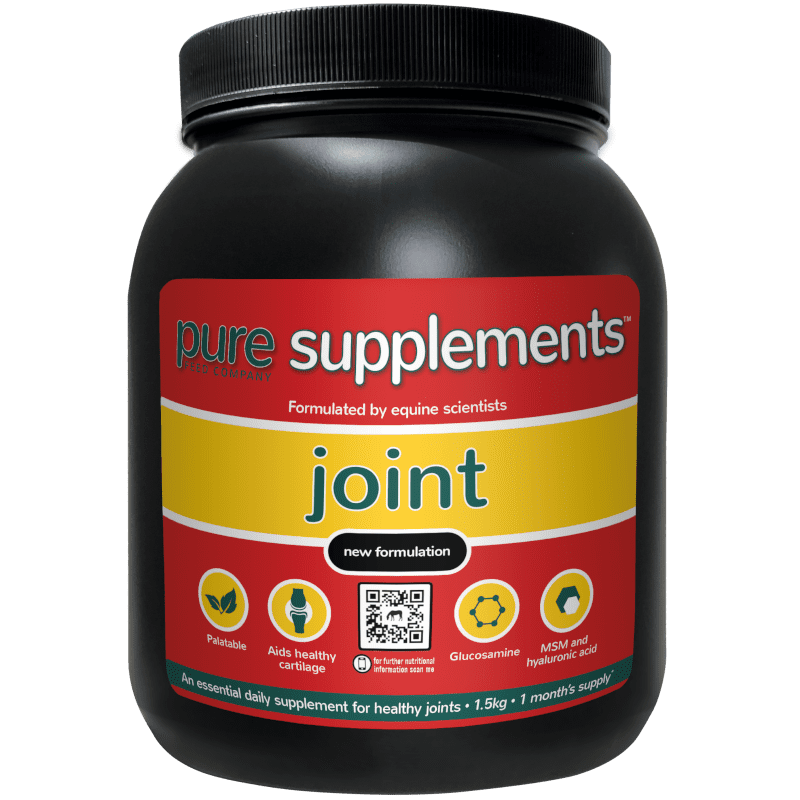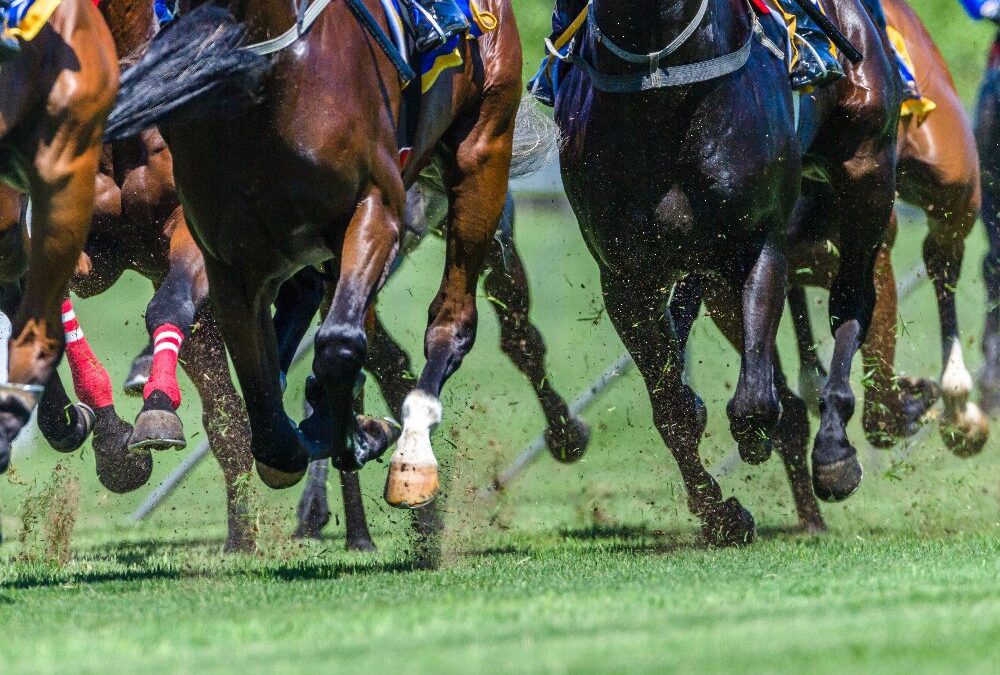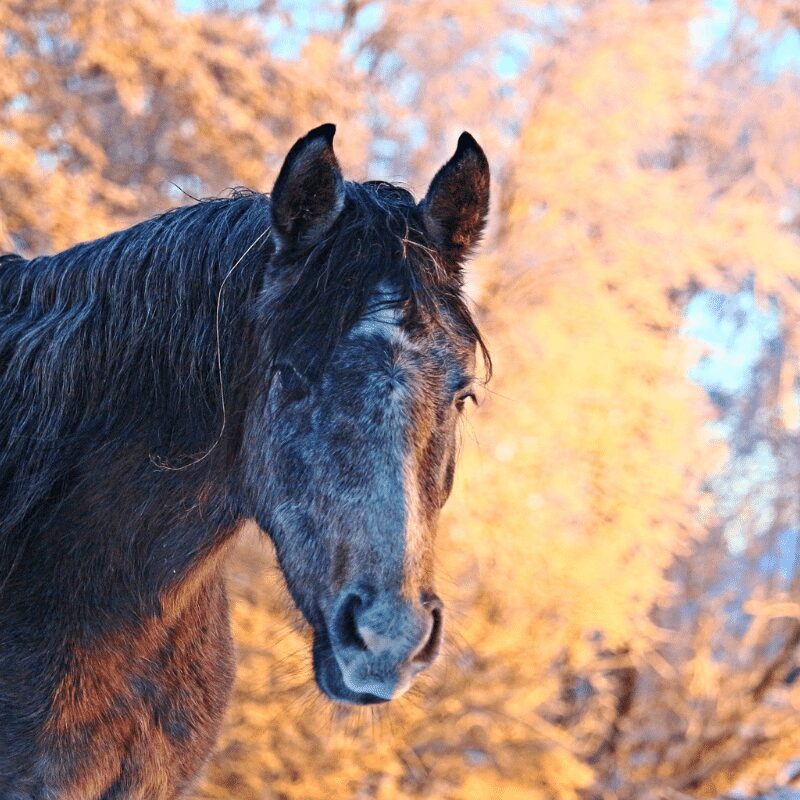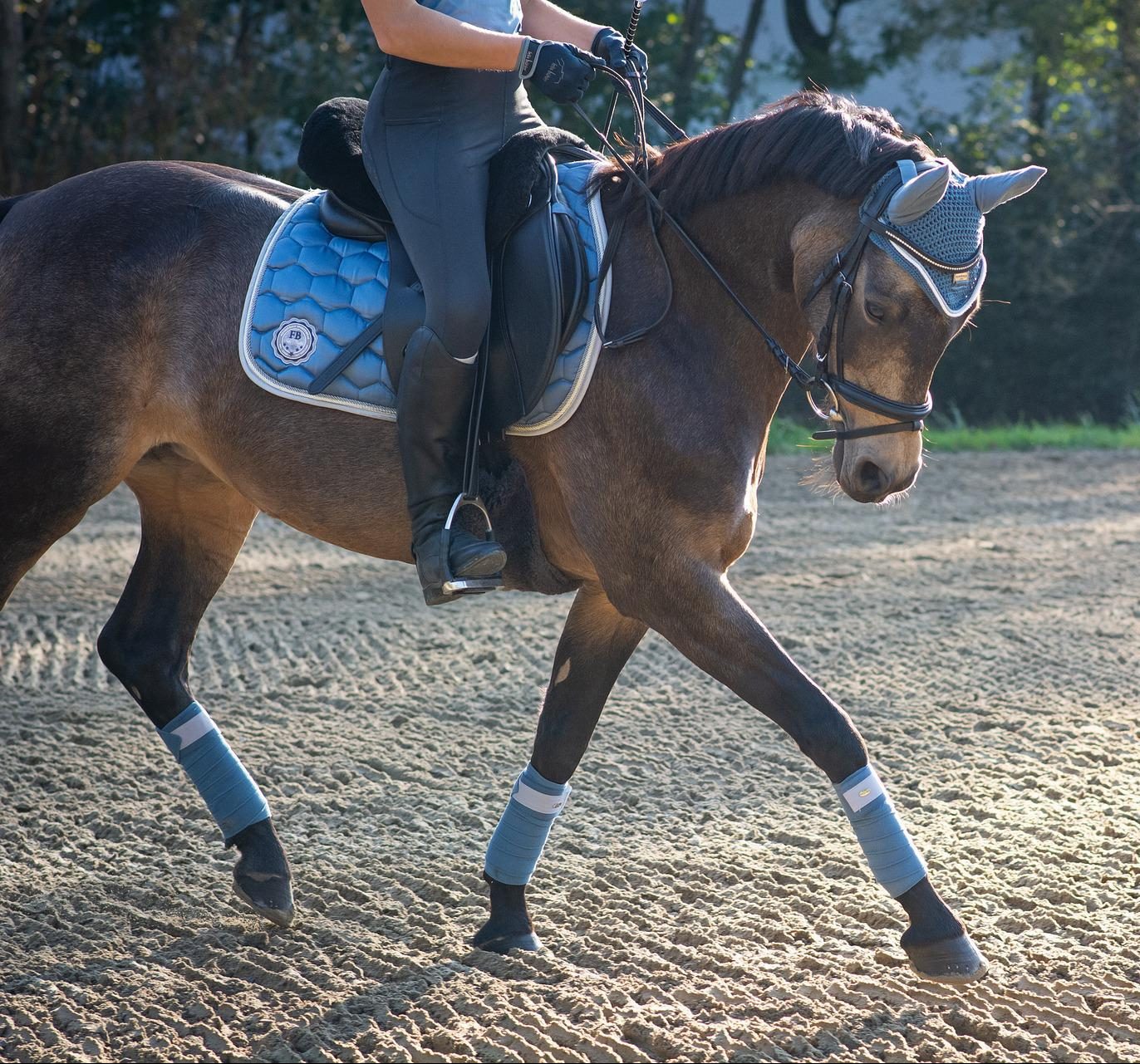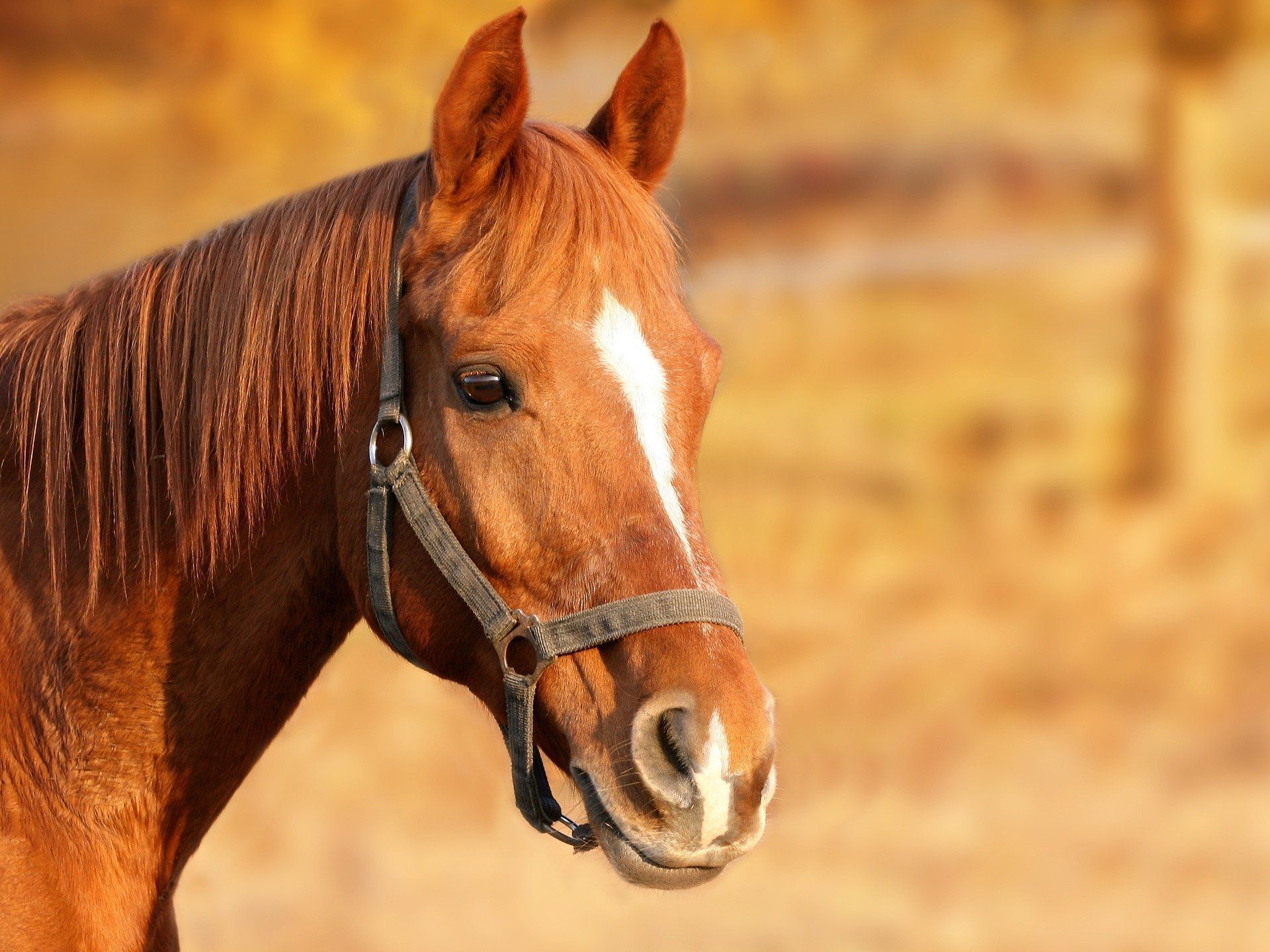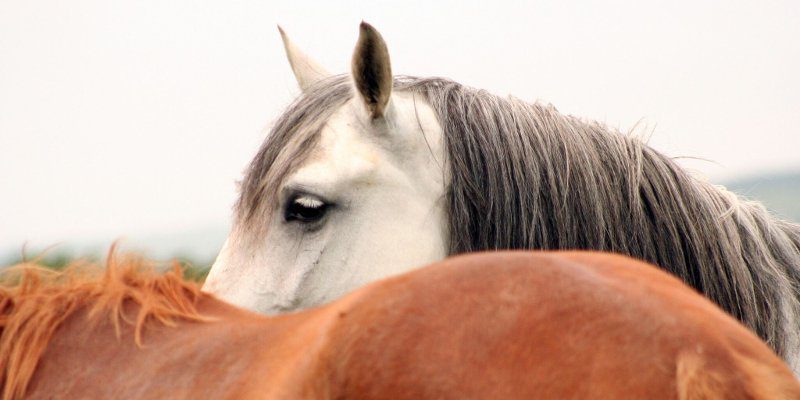Over the last month, we have experienced increasingly high temperatures. As a result, the ground surface has become progressively hard. Unfortunately, this increases the risk of injury by putting greater strain on your horse’s legs and joints. In this blog, we will talk about how the hard ground affects your horse and what preventative measures can be put in place to prevent injury.
Firstly, let’s talk about biomechanics
When a horse moves, it effectively presses its foot onto the ground, creating a force. The ground exerts an equal and opposite reaction to the force being applied by the foot. This is what is known as a ground reaction force (GRF).
But how does the GRF result in injuries?
When your horse’s hoof touches the ground, it moves both in a downward and forward direction. Structures in the lower limb aim to dissipate the GRF, however different ground conditions have different effects on the force applied to the leg. Soft surfaces allow for a more gradual deceleration so less concussion will be produced. However, hard surfaces cause rapid deceleration of the lower limb, increasing the force applied to the leg, and therefore increase the likelihood of concussion. The harder the ground, the less the force is cushioned and absorbed, which means the impact of concussive forces will be greater. The force applied to the lower limbs travel up the whole leg; this means all parts of your horse’s body will therefore be at risk, including tendons, ligaments, joints, muscles, bones and feet.
Clinical signs of concussion:
- Abnormal gait
- “Lazy” / less responsive to the leg
- Shorter strides
- Heat and swelling
- Refusing jumps
- Poor performance
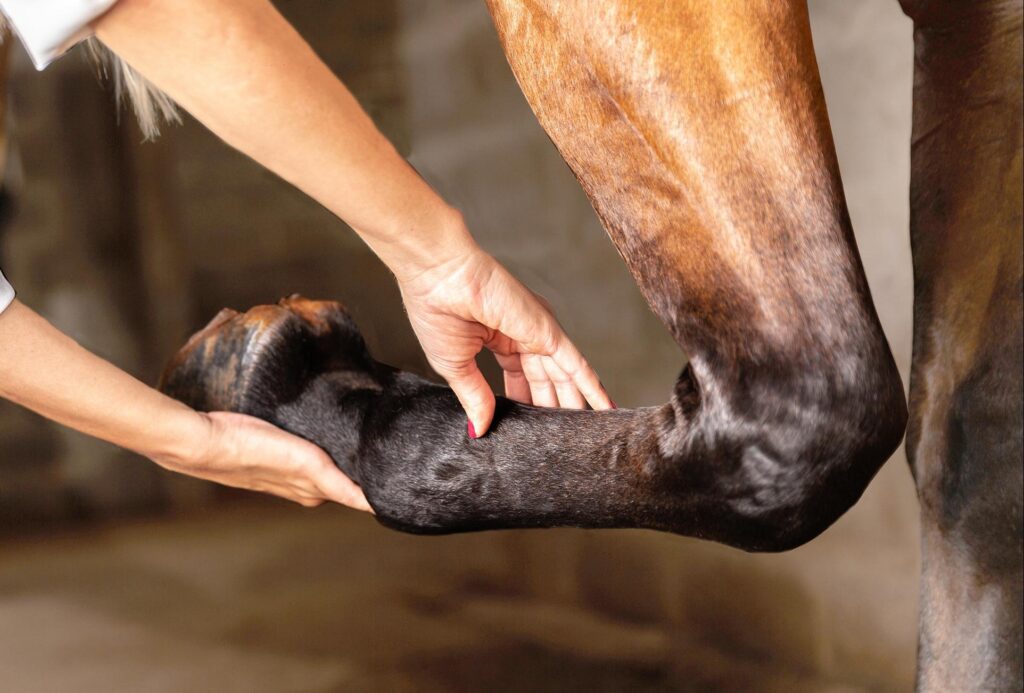
Other causes of concussion can be a result of poor fitness and conformation. A fit horse and a horse with correct confirmation will be able to cope with the effects of concussion more effectively.
How you can support your horse’s joints:
If you have any concerns about your horse you should always consult your vet.
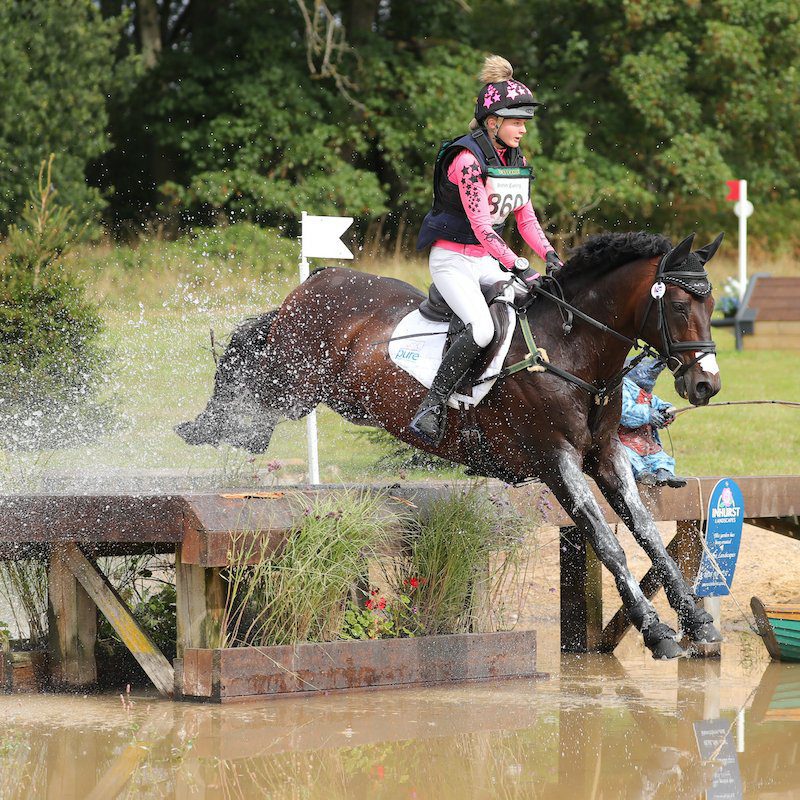
When thinking about your horse’s joints, consider the ground condition and the type of work suitable. There is a link between injury prevalence and the condition of the ground, where harder ground has been shown to increase injury risk. When the ground is particularly hard, consider riding on a surface if possible, or try to avoid fast work on the harder ground. Although training on a variety of surfaces is recommended, very hard surfaces can irritate arthritic joints and cause concussive hoof injuries.
Another way to support your horse’s joint is to support their hooves! The hoof plays an important role in transmitting the force from the ground to the skeleton, therefore the condition of the hoof plays a vital role to joint health. To effectively transfer these forces, the hoof wall must be sufficiently rigid to be able to cope with the force. However, if the hoof is too rigid it can fracture and crack under pressure. The optimum level for hoof moisture is around 24%. In dry conditions, this can reduce by nearly 10%.
Other management options to consider to help support your horse’s joints are:
Hoof Care
Ask your farrier for advice on protecting your horse against concussion.
Your farrier may suggest padding if your horse requires extra support.
Use a hoof oil to help moisturise their feet.
Exercise
Exercise increases joint fluid circulation and tones the muscles. Fitter horses have thicker and healthier cartilage covering their joints.
Nutrition
Ensure your horse’s body condition score is suitable to prevent extra strain on their joints.
Choose a feed rich in antioxidants to help support joint health.
Fly Control
When your horse is bothered by flies, he might start stamping – scraping and stamping can increase your horse’s risk of pulling a shoe and increasing brittleness.
Why feed a joint supplement?
Joint supplements can help to support joints, especially during times of extra stress. Key ingredients to look for in a joint supplement are glucosamine, MSM (methylsulfonylmethane) and hyaluronic acid.
Glucosamine
MSM
Boswellia
One of the most important ingredients as it is one of the building blocks of joint cartilage. It works to both reduce inflammation in the joint and aids regeneration overall in the joint cartilage.
Sulphur aids the repair of cartilage, as well having anti-inflammatory properties which is essential for hard working joints. MSM should not be fed to racehorses for at least 24hr prior to racing.
Boswellia is known for its anti-inflammatory properties to support joints under stress. It is also a powerful antioxidant which can support joint health by negating the effects of free radical damage.
Pure Feed Joint Supplement
We’ve formulated Pure Joint to include all of the key ingredients mentioned above meaning it is an ideal addition to any horse’s daily routine. Glucosamine and MSM help with formation of proteoglycans, which are important for cartilage, joint lubrication, ligaments, and tendons. Vitamin C is an antioxidant found naturally in the joint fluid and contributes to collagen production, and the addition of Boswellia and Hyaluronic Acid supports joint mobility.
